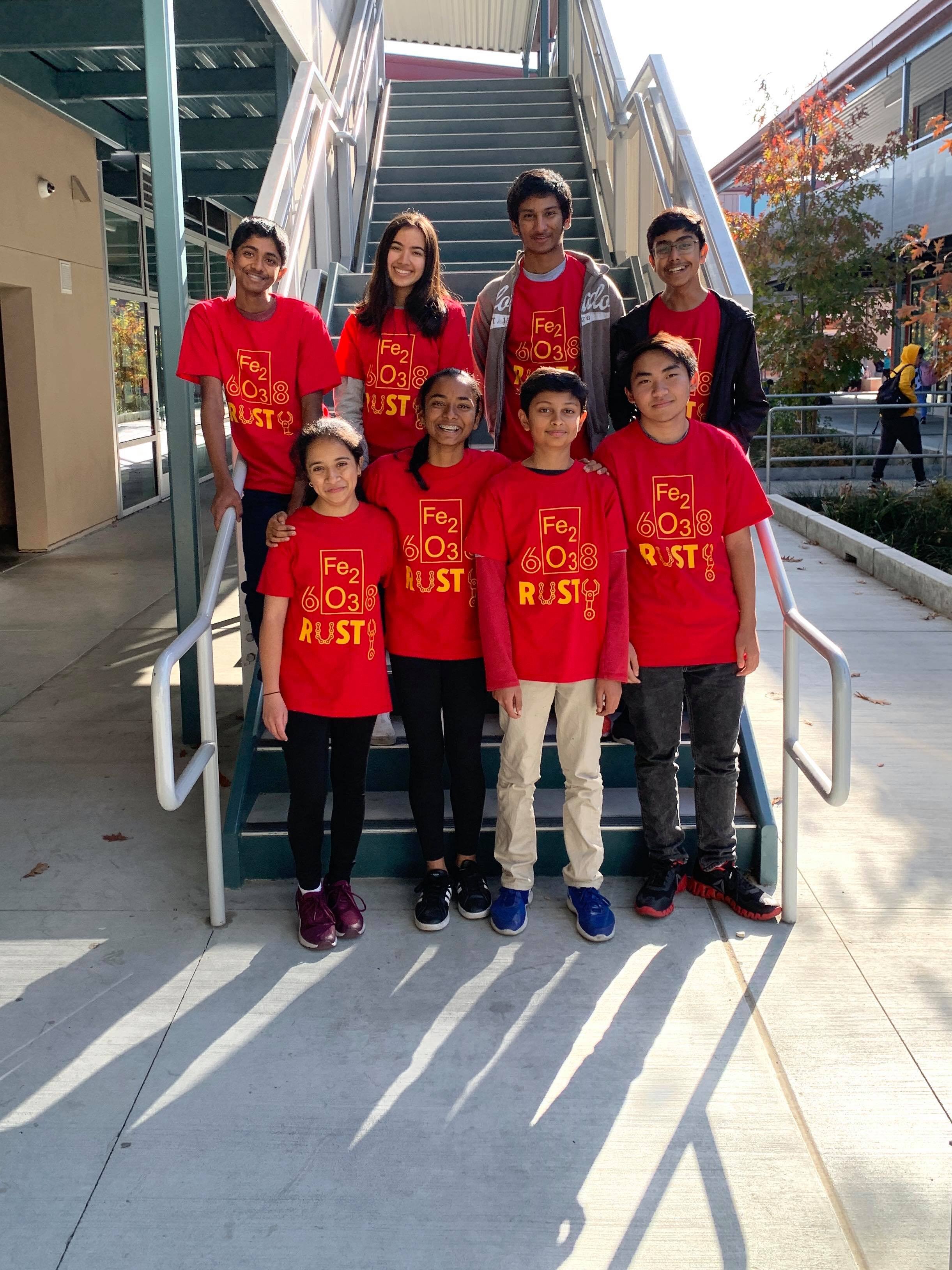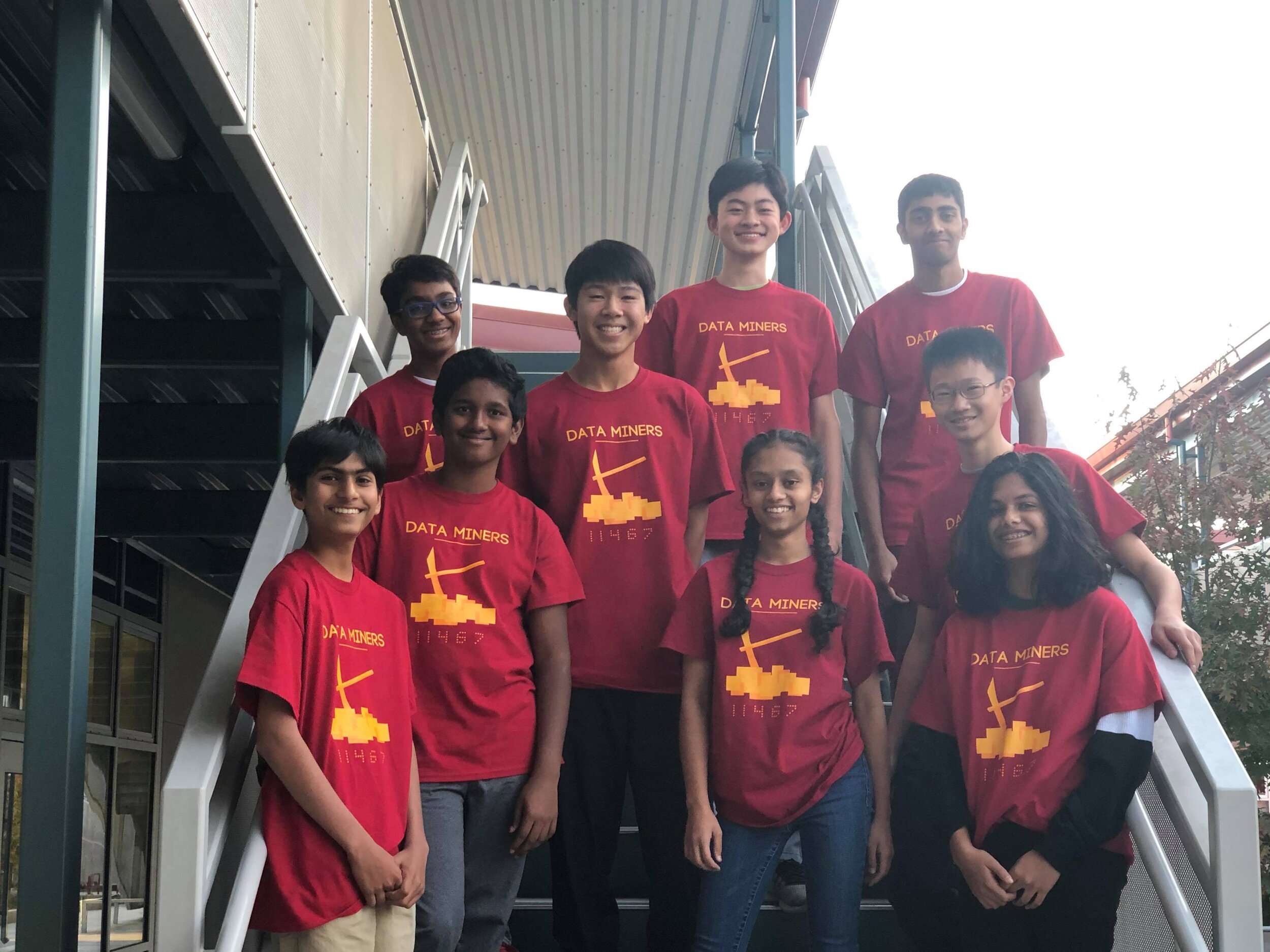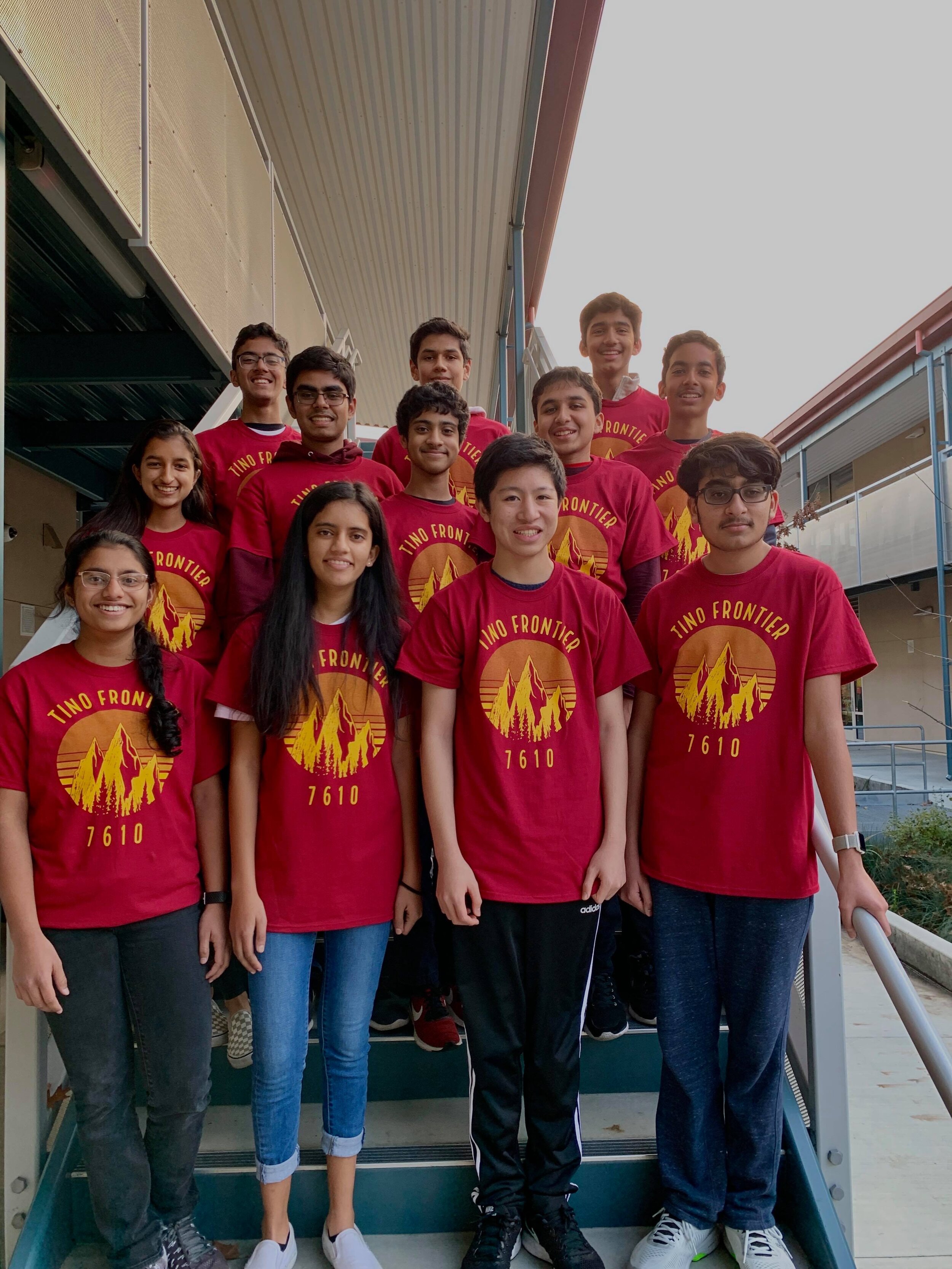2019-20 FTC Season Update
FTC stands for First Tech Challenge, and is a robotics competition designed for 9th - 12th graders to build, program, and drive robots, competing against other teams in an alliance format. The program instills fundamental FIRST values, teaches students about programming, hardware, and outreach, and pushes them to succeed in their academic careers.
CHS has six FTC teams - 4950, 6038, 7128, 7610, 11466, and 11467. The challenge for 2019-2020 is centered around ‘Reaching New Heights’, in innovation, sustainability, and efficiency when applied to our everyday lives, especially as the human population grows in population. Each of the six teams has innovated a robot capable of playing the challenge, with varying degrees of complexity.
After overcoming many technical difficulties, team 4950 has progressed greatly in their competitions season, and are fairly confident for competitions. They were even able to spread their knowledge and experience to others in various outreach events throughout the year. Despite initially struggling with meeting the hardware restrictions, the team was able to get a working mecanum chassis with a grabber mechanism, and program a strong autonomous and fluid tele-op, for a score of roughly 60 points. To do this, they utilize two small servos with tiny pieces of plastic attached that move the foundation, coupled with a linear slide and grabber style intake mechanism to grab the blocks and adjust their height.
Initially a disorganized team of classmates, team 6038 has quickly grown into a welcoming, high-efficiency team. Their well-outlined game plan consists of detecting and moving the sky stones and bridge before parking under the bridge during autonomous, followed by a tele-op consisting of stacking bricks, moving the foundation, and parking in the building site. To achieve this, they are utilizing a team schedule to organize their work, and assigning tasks to increase productivity. Their mechanism consists of a servo-based clip that hooks onto the foundation and pulls the foundation around. They also have a claw attached to a linear slide, which acts as a form of intake. This season, they have done exemplarily well in a few areas - designing their engineering notebook, coming together as a team, and documenting and scanning the skystones.
Ingeniously named ‘28 Karats’, team 7128 has had an eventful build season so far. Aiming to score 65 points in competitions, they hope to score 1 sky stone and 1 normal stone during autonomous, then make a 5-stone tall skyscraper during tele-op. To do this, they will utilize 4 vital parts in their robot: a servo that hooks the foundation in order to move it, a claw consisting of two servos to grab the sky stone, a four-bar-linkage to raise the claw up and stay parallel to the ground, and a linear slide to raise the four-bar-linkage and claw up and down. So far this season, their greatest achievements as a team have been their high-efficiency and process of outlining their robot as they design it. On the robot itself, they feel they have done a good job designing the mechanisms and supplying the code for the robot itself.
Sporting the classic name ‘Tino Frontiers’, team 7610 has been through a lot in their season thus far. Facing communication and dedication issues, the team quickly identified and solved the problems, coming together to be tighter and more efficient than ever. Along with a well-organized schedule, plan, and thorough engineering notebook, the team has unique outreach events and is fairly confident for competitions. Their game plan consists of repositioning the foundation, bringing the skystone to the foundation, and navigating under the bridge during autonomous. During tele-op, they hope to move stones to stack on the foundation, score using the capstone, reposition the foundation into the build zone, and park the robot, for a total of 77 points. To achieve this, they utilize three primary mechanisms: a pinch Intake, which swings to grip the block firmly, a linear slide, which allows them to move the pinch intake up and down, and a hook, which allows them to drag the foundation across the field.
The recipients of the Think Award in the previous year, team 11466 has high hopes for the upcoming competition season. Aiming to score in the ballpark of 60 to 90 points, the team has an array of mechanisms at their disposal. Using a servo and claw to latch onto the foundation, the robot uses a pincher to seize stones, followed by a two-stage linear slide to lift the blocks up and stack them. Apart from the robot itself, the team is well organized, with an established timeline. So far this season, their main achievements are completing the chassis and linear slide, nearly completing their tele-op code, and maintaining the engineering notebook.
Last but not least is team 11467, colloquially known as the ‘Data Miners. The team has four primary mechanisms which come together to score the team about 40 points. First, their Foundation Mover, a mechanism designed to grab onto the foundation and move the foundation around the field, will help them drag the foundation in autonomous. Also during autonomous, they aim to scan the blocks using a color sensor to find a skystone. Then, during teleop, they use an intake mechanism to take in blocks and transfer them to the elevator mechanism, which in turn takes the block received and lifts it up using linear slides and chains, before finally the grabber mechanism takes the block from the elevator and allows the drivers to hold it and release whenever desired. Using this complex three-step mechanism, they aim to create one stack of 4-5 blocks and another shorter stack during tele-op. With their robot sporting a working chassis, mechanisms, and full control of robot movement, the team has overcome commitment and communication issues. Now, their engineering notebook showcases how they have grown as a team to respect everyone’s ideas and opinions.
Teams 6038, 11467 and 7610 respectively


